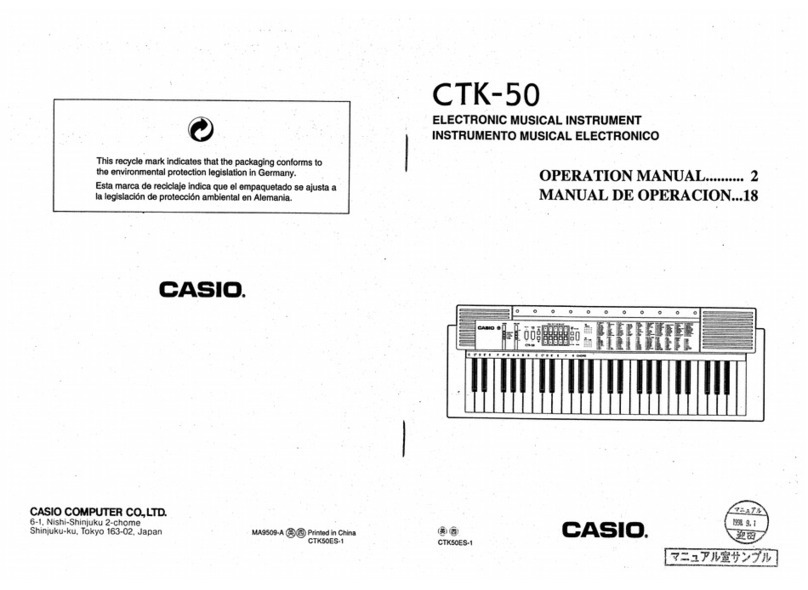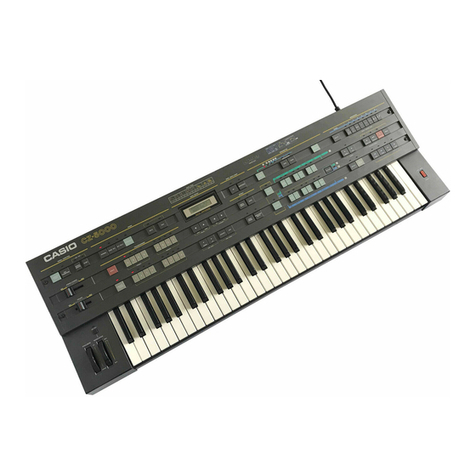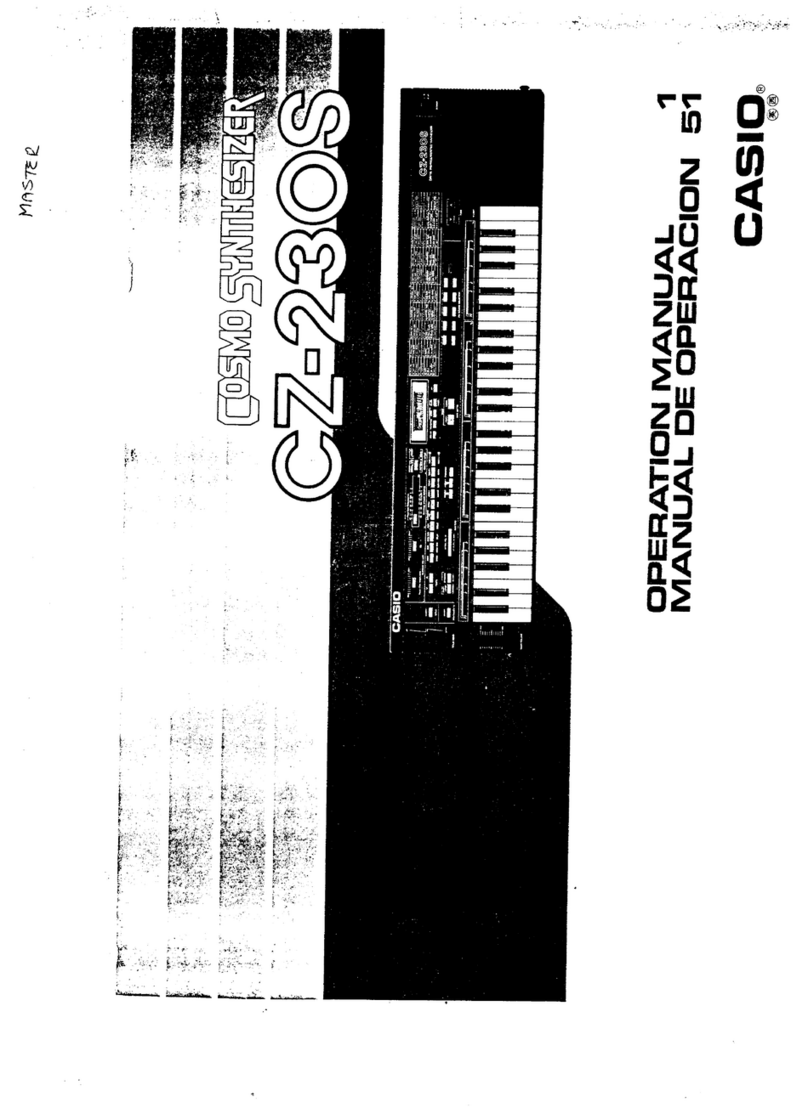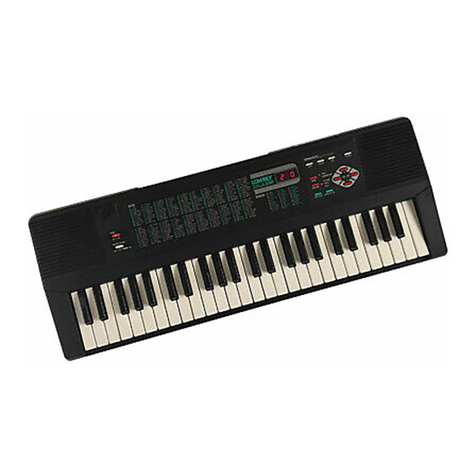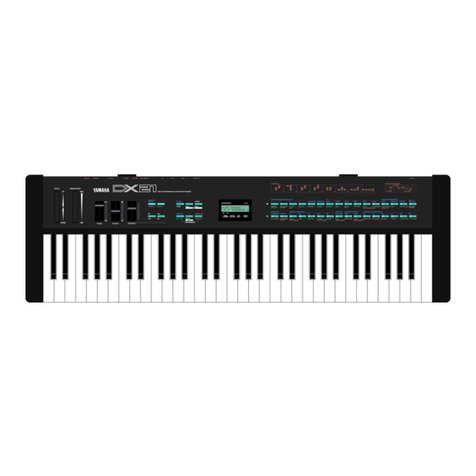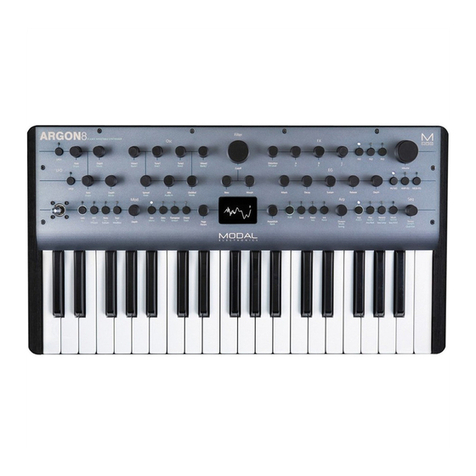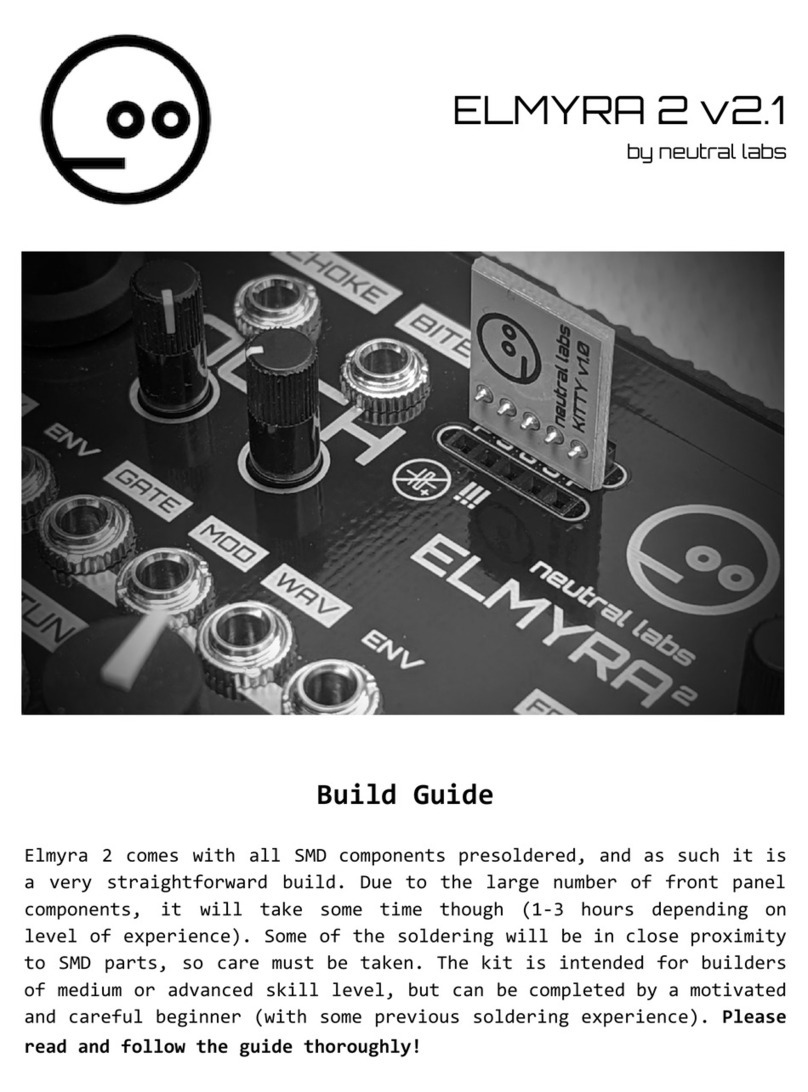Casio VZ-10M User manual
Other Casio Synthesizer manuals
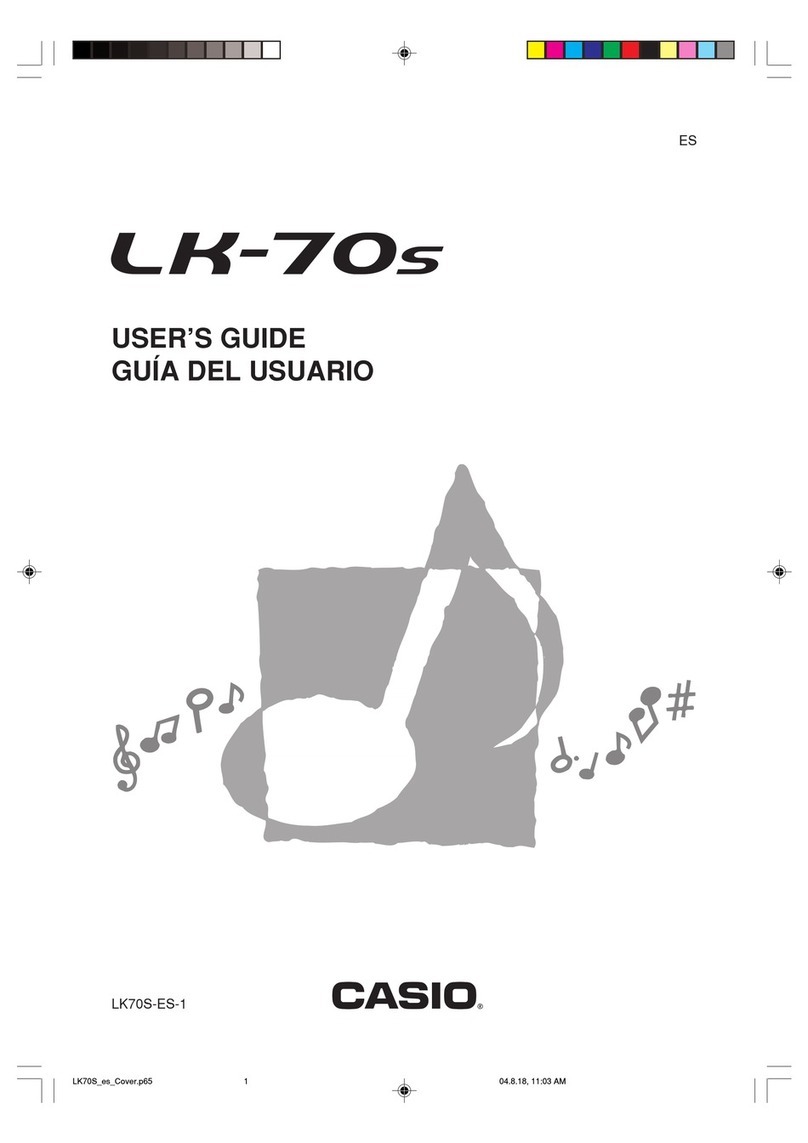
Casio
Casio LK-70s User manual
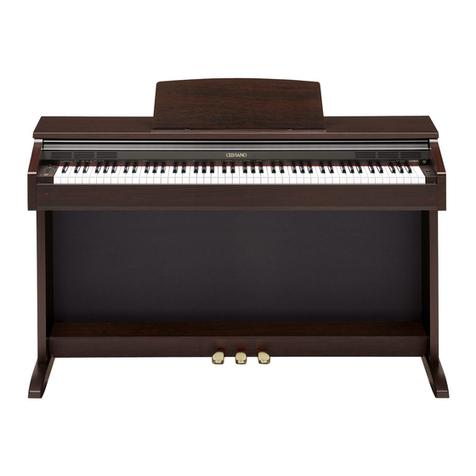
Casio
Casio CELVIANO AP-200 User manual
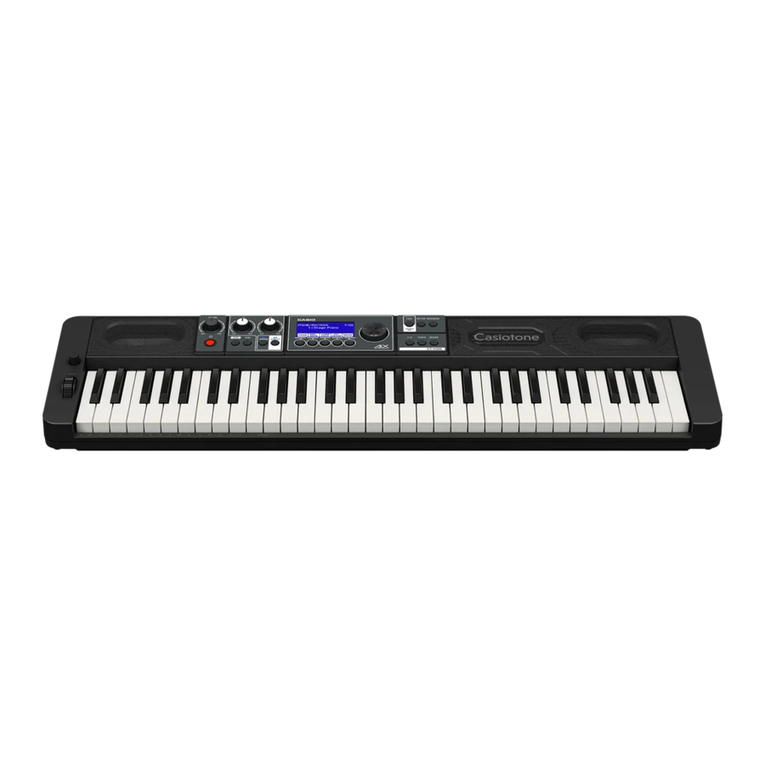
Casio
Casio CT-S500 User manual
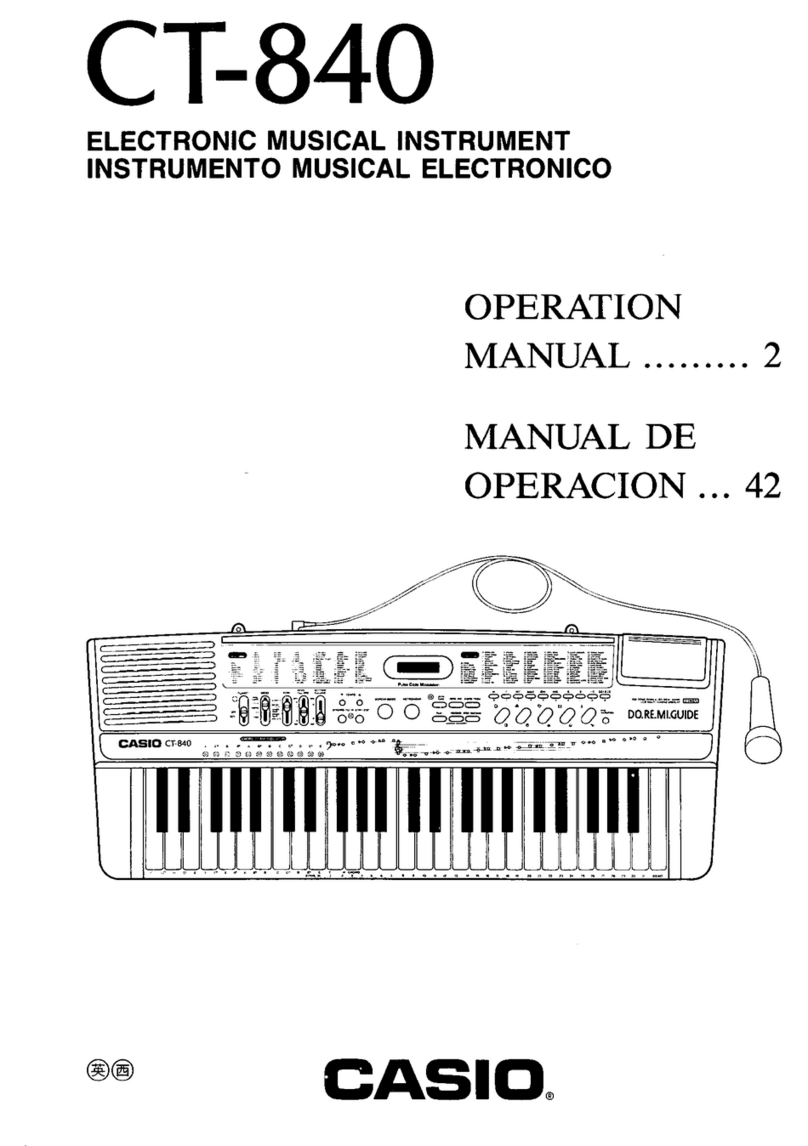
Casio
Casio CT-840 User manual

Casio
Casio CTK-2550 User manual
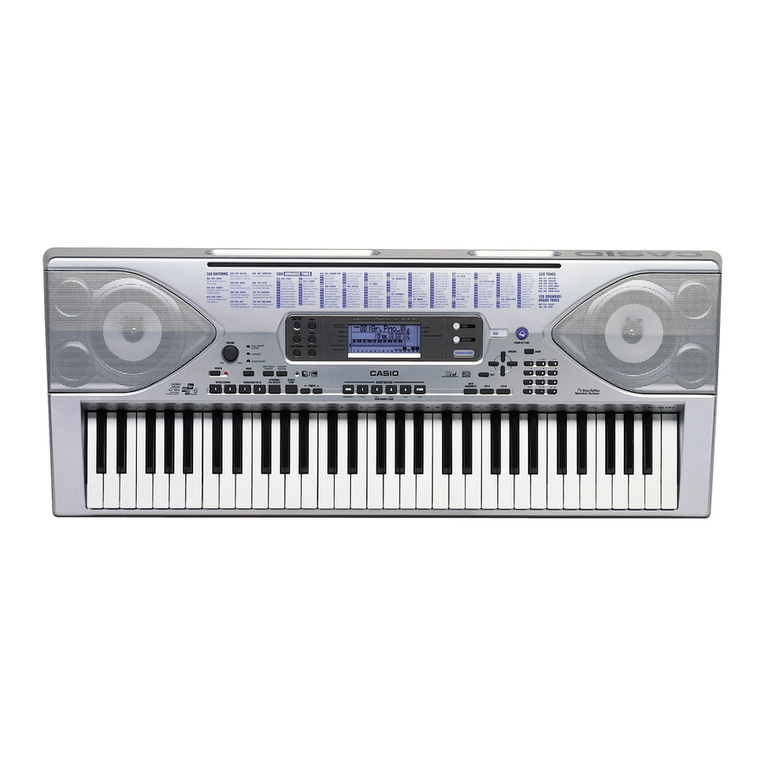
Casio
Casio CTK-691 User manual
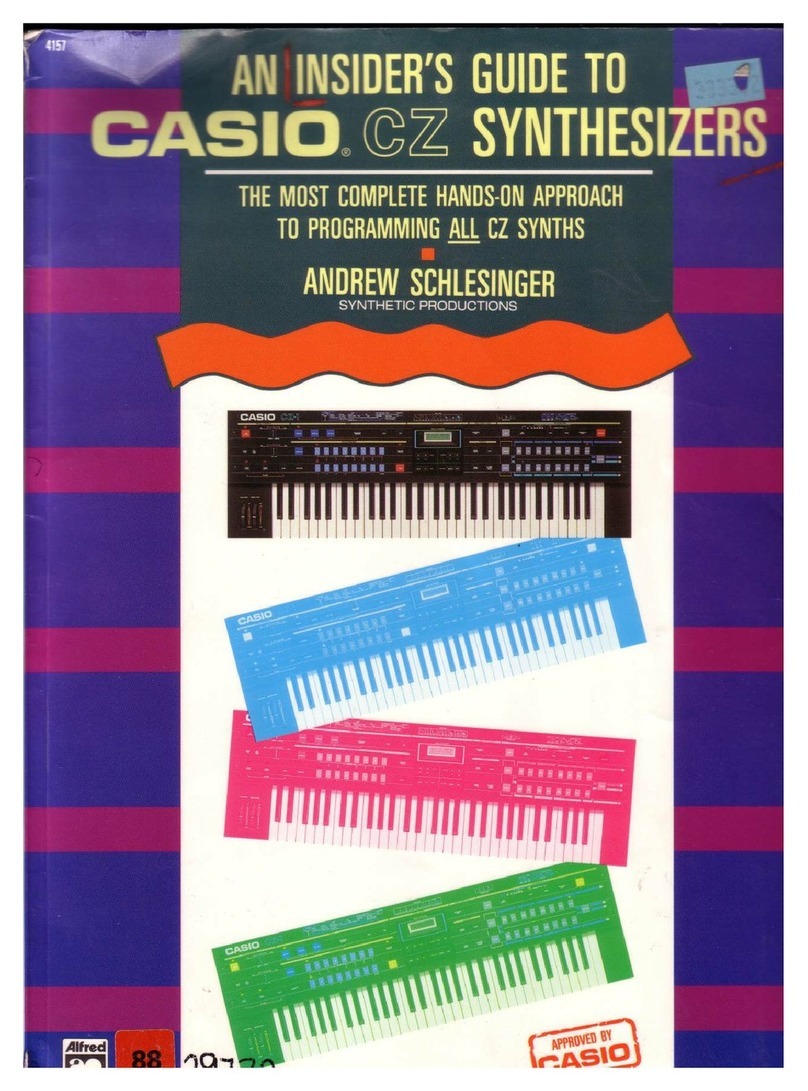
Casio
Casio CZ Series User manual
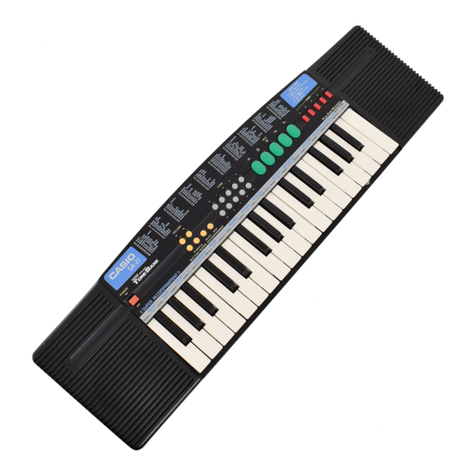
Casio
Casio SA-21 User manual
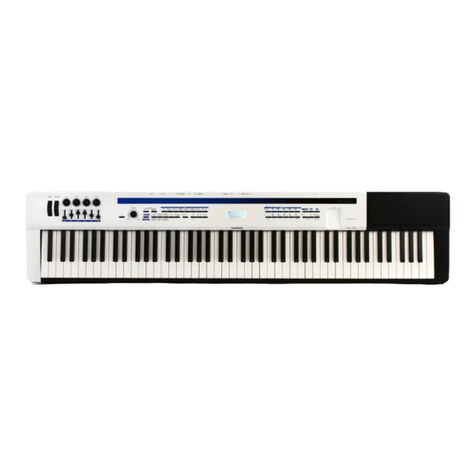
Casio
Casio Privia PX-5S User manual
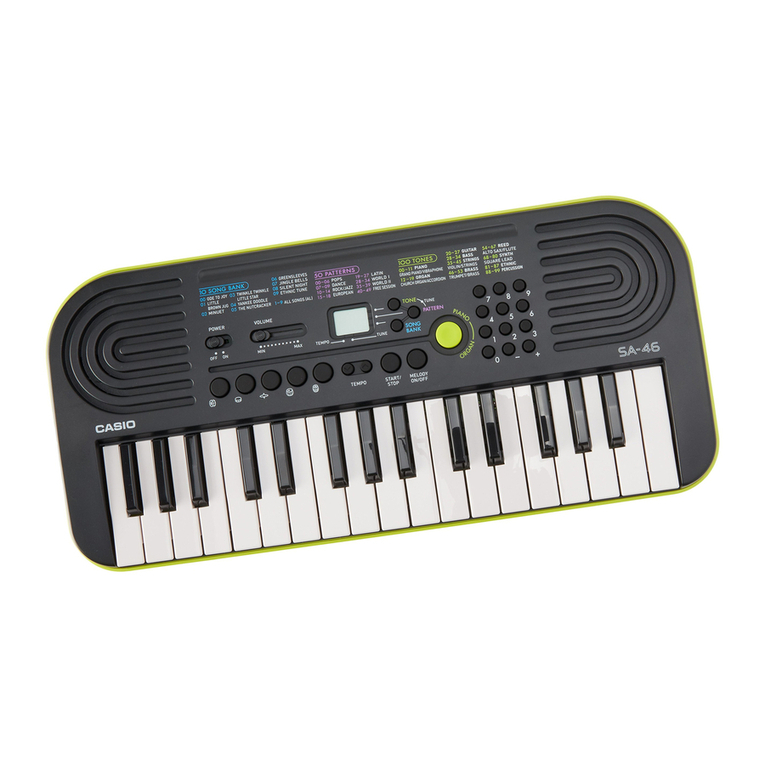
Casio
Casio SA-46 User manual
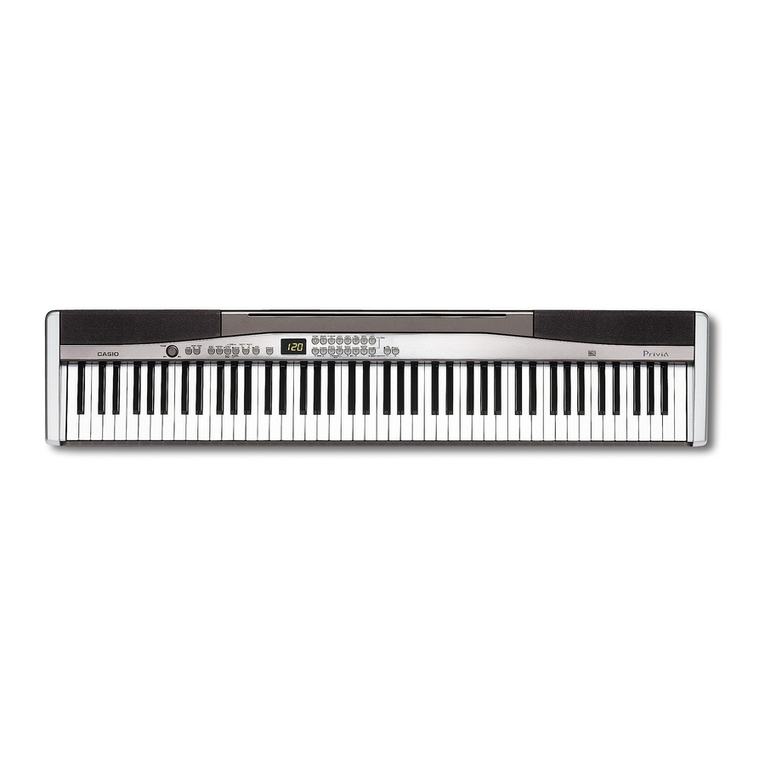
Casio
Casio Privia PX-300 User manual

Casio
Casio XW-G1 User manual
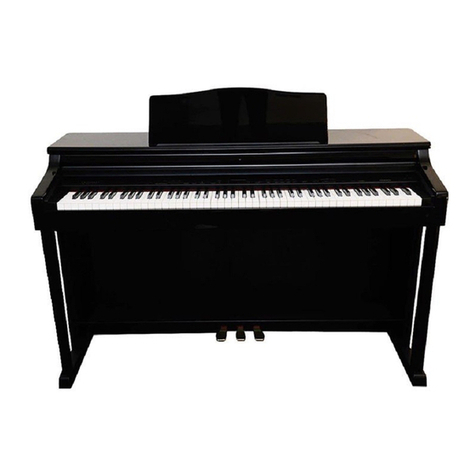
Casio
Casio Celviano AP-40 User manual
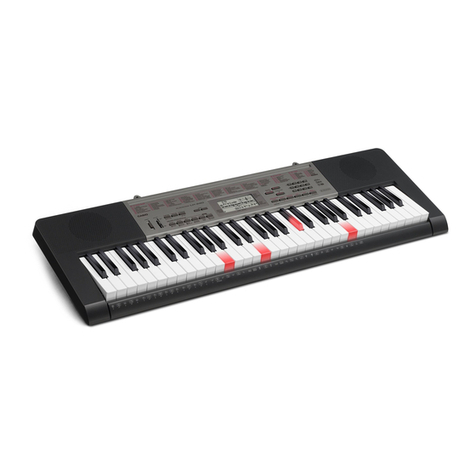
Casio
Casio LK-165 User manual

Casio
Casio ToneBank CT-420 User manual
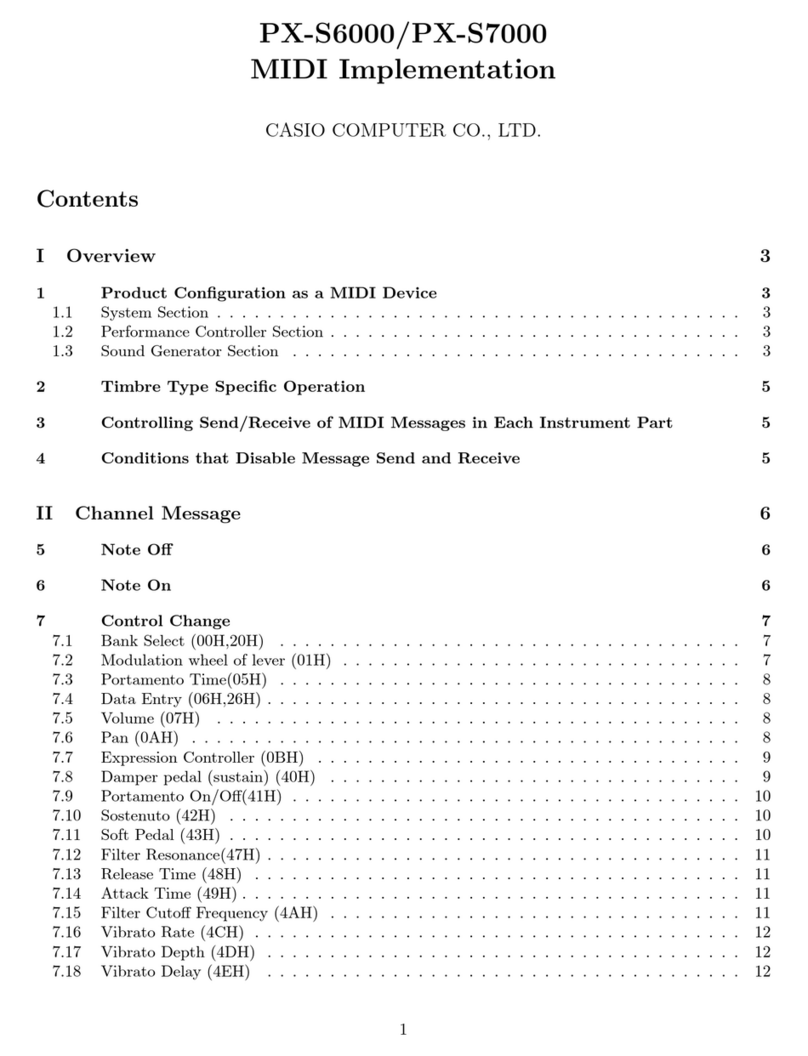
Casio
Casio PX-S7000HM User manual
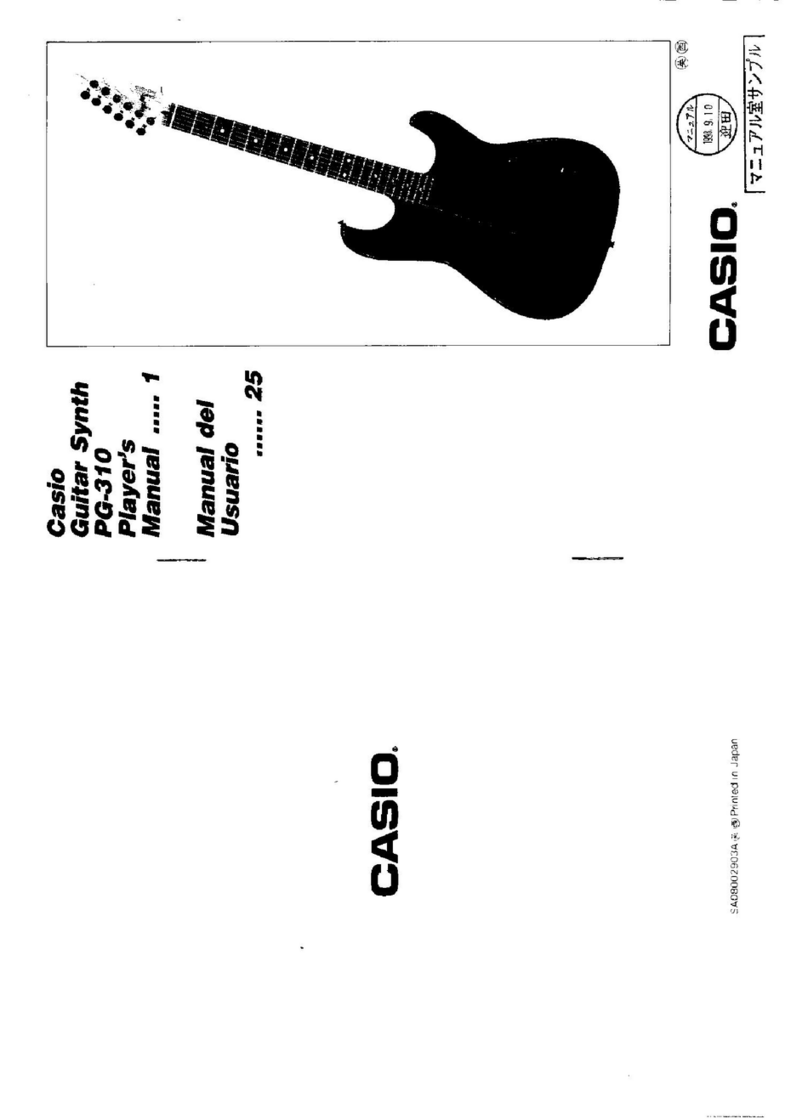
Casio
Casio PG-310 Operator's manual
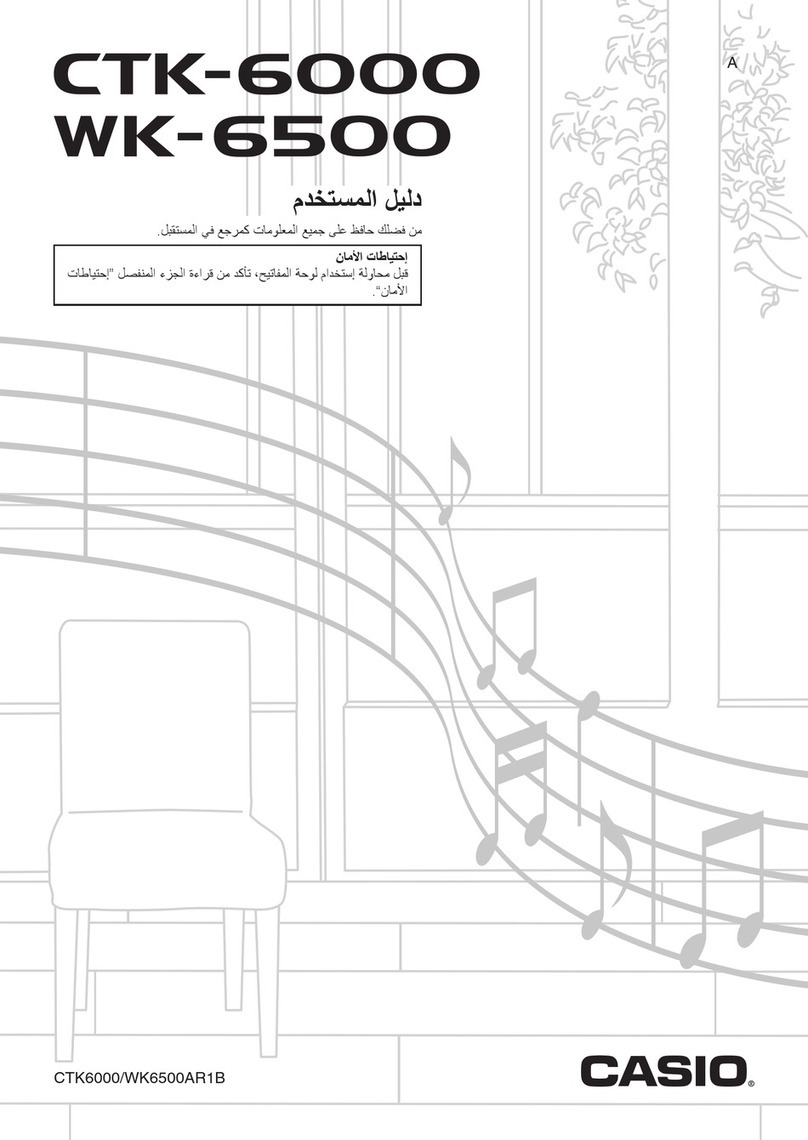
Casio
Casio WK-6000 User manual

Casio
Casio CTK-711EX User manual
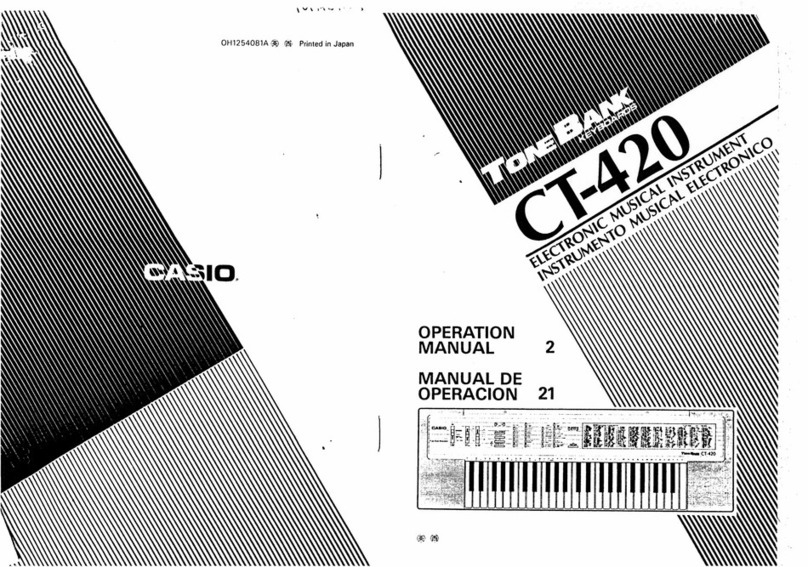
Casio
Casio ToneBank CT-420 User manual
